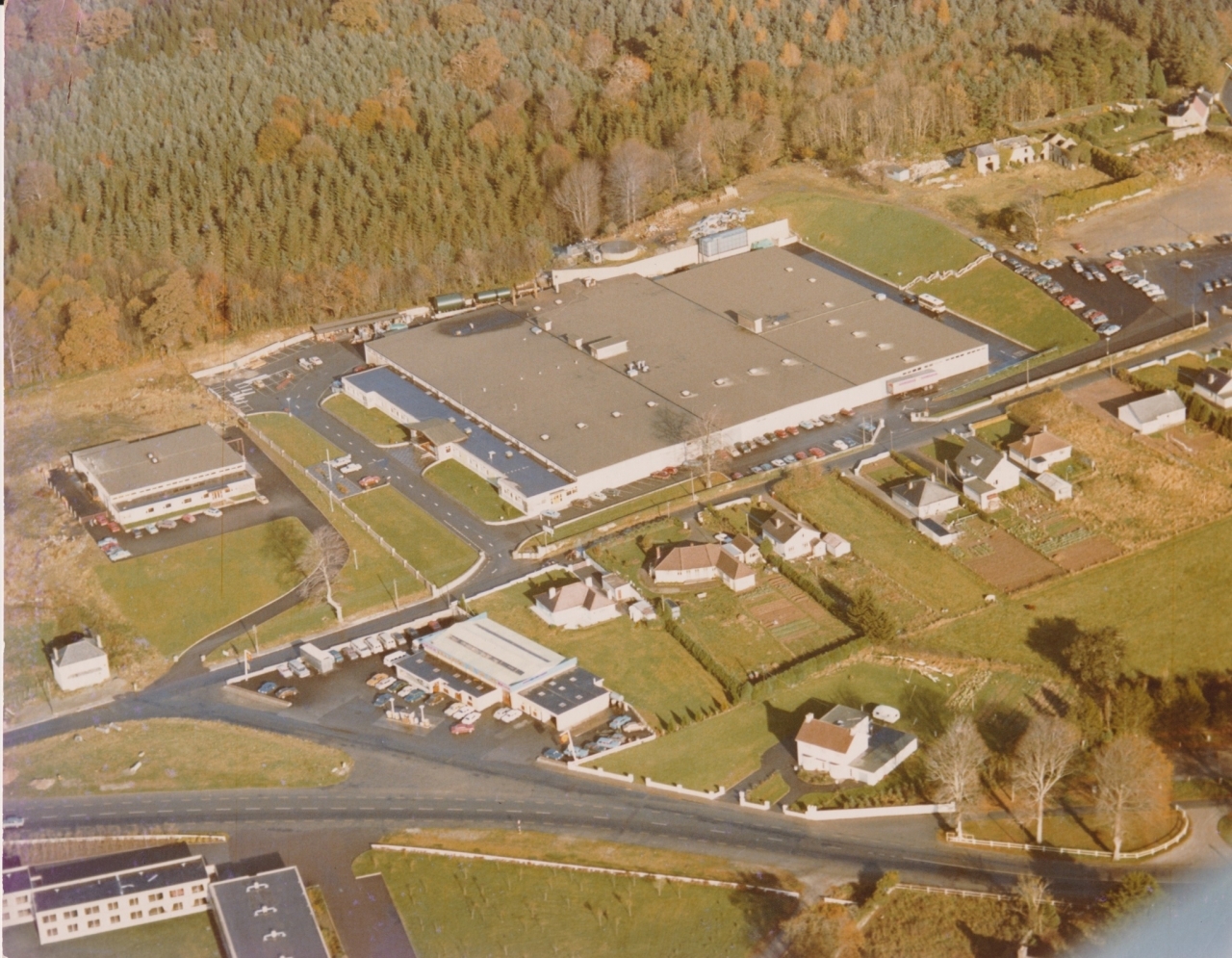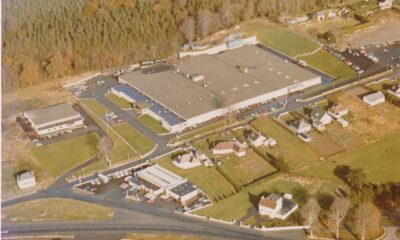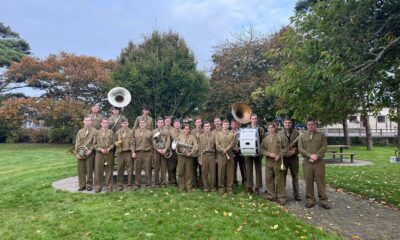News
Them bones, them bones, need calcium!

By Brian Foley from Activate Fitness
This week's article is Part Two in our series on the effects of ageing on our bodies and what we can do about it.
Last week we delved into arthritis and learned a little about the condition and how it will impact many of our lives.
This week, we’re looking at osteoporosis.
Everyone remembers that TV advert from the '80s with that freaky looking wooden man singing “Them bones, them bones, need calcium!” He wasn’t wrong, solid nutrition with a healthy dose of calcium is vital to bone health, but so too is stress.
When we think of bones, we often think of a “fixed”, hard structure that just remains the same. However, bones are a living organ, in a constant state of degeneration and regeneration.
Osteoporosis is a condition that affects one in four women and one out of every six to seven men. It is characterised by decreased bone mineral density causing an increased likelihood of fracture. 20% of men and 37% of women will die after fracturing their hip and many who suffer a fracture are likely to re-fracture. For people who have osteoporosis, a fracture can cause a downward spiral of avoiding activity, becoming deconditioned, and then becoming more susceptible to a future fracture.
Fortunately, there are ways to safeguard against this significant bone density loss. Did you know that each time you do a relatively heavy squat your bones bend ever so slightly and a signal is sent within the bone to build more bone? It's absolutely amazing what our bodies can do, but the bone requires a sufficient stress to adapt, remodel and, over time get stronger.
WEIGHT TRAINING
Therefore, weight training should be a central tenant of anyone’s health and fitness regime. How you do it is mostly up to you, but I would advise seeking out a qualified professional first. If you have been diagnosed with osteoporosis or osteopenia (which can be simply viewed as a potential precursor to osteoporosis) you should seek out a physiotherapist first who would typically either devise an exercise programme for you that contains progressive resistance i.e. weights or work that increases gradually, or they would refer you out to a suitably qualified exercise professional.
What would this programme look like?
Typically it would include two sessions per week with at least one exercise per body part and its core would include some form of compound exercise, such as a squat.
For people with osteoporosis but without fractures: at least 50 moderate impacts a session i.e. jogging, low level jumping, and hopping are recommended and should be interspersed with walking activities.
These are just guidelines, and should of course be adjusted depending on the individual.
“But I’m healthy enough and go walking most days”
Walking and other forms of cardiovascular exercise such as cycling and swimming are great, the benefits for your cardiovascular system and your overall happiness and well-being are well documented. However, these exercises fail to produce significant increases in bone density in most people as they don’t provide enough of a “loading stimulus” (stress to the bone) to stimulate bone growth.
If you are concerned about the impacts of osteoporosis or are currently diagnosed with osteopenia or osteoporosis, Activate runs a twice weekly strength programme which is devised and coached by Sam Treharne (CORU registered physiotherapist) which might be suitable for you. To find out more visit www.activate.ie/free-intro or call 087 4030894.
News
BREAKING: Kerry ETB Awarded €2.3m to purchase Pretty Polly Site
The Kerry Education and Training Board (Kerry ETB) has been awarded €2.3 million in funding to purchase the former Pretty Polly site on Upper Park Road, Killarney. The funding, announced […]


























